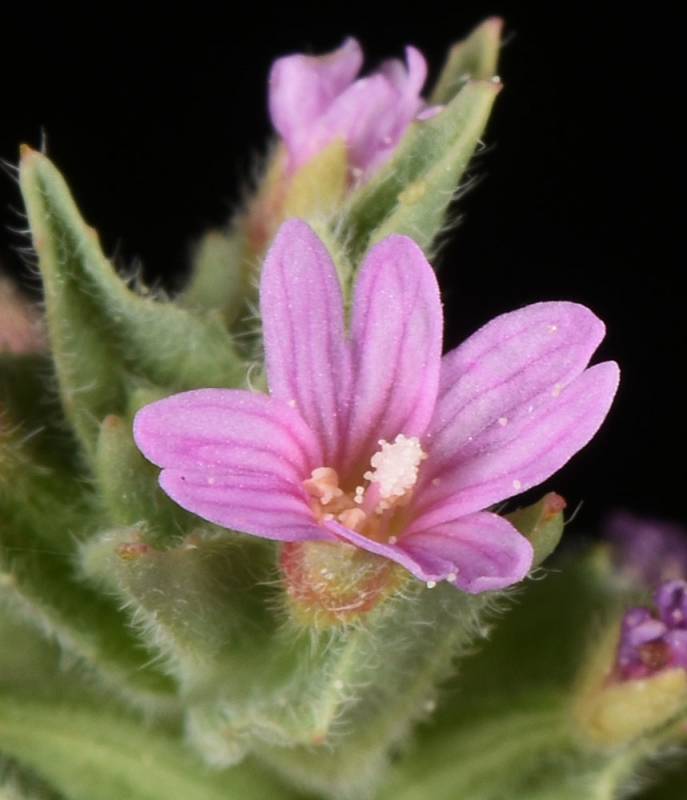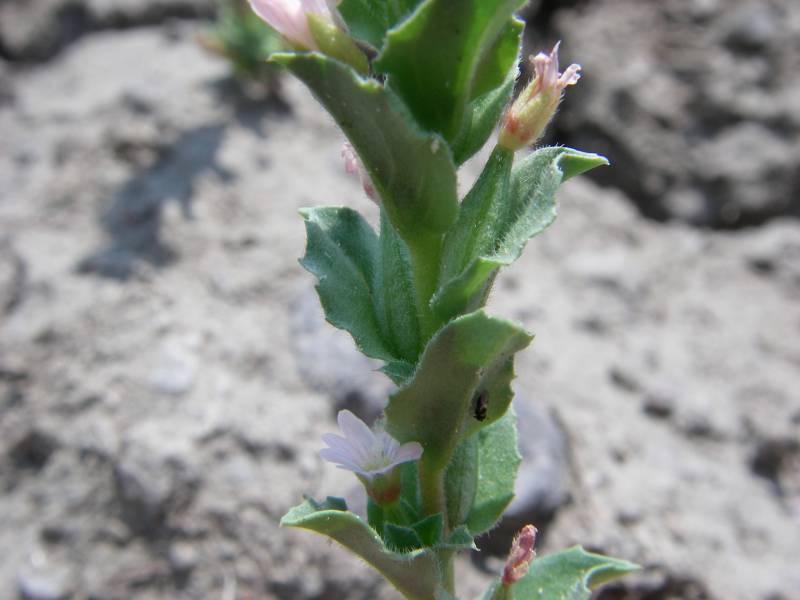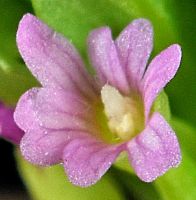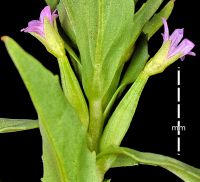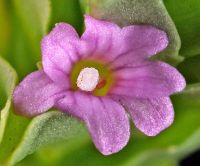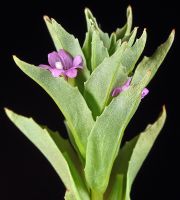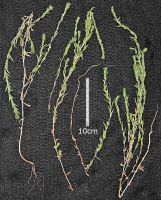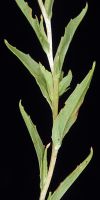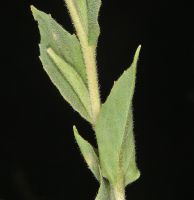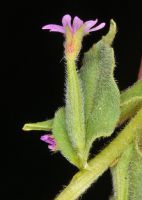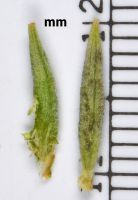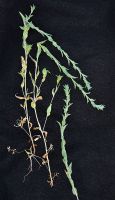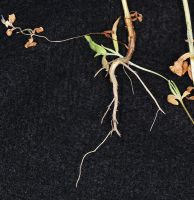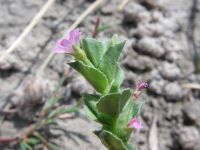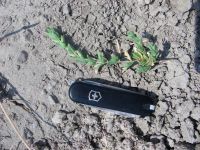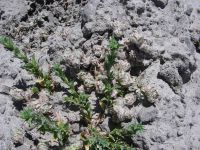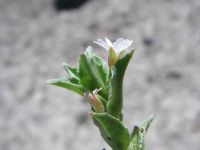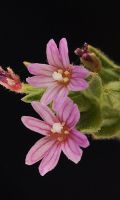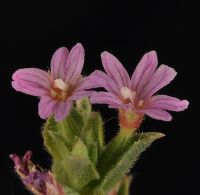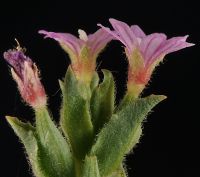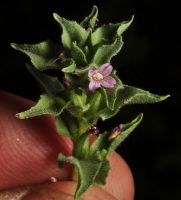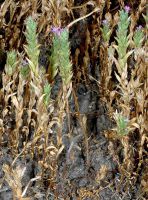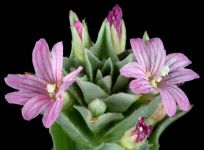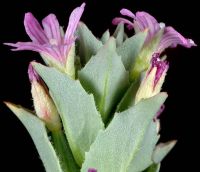Distribution: Occurring east of the Cascades crest in Washington; British Columbia to California, east to the Rocky Mountains and northern Great Plains.
Habitat: Mud flats, vernal pools.
Flowers: June-July
Origin: Native
Growth Duration: Annual
Conservation Status: Review Group 1 in Washington (WANHP)
Pollination: Bees, flies
Subglabrous, pale-greenish annual, the stem simple or branched from the base and spreading, 1-3 dm. tall.
Leaves alternate, numerous, lanceolate, 5-18 mm. long and 3-6 mm. wide, denticulate, sessile.
Flowers crowded in terminal spikes, with floral bracts similar to the leaves; calyx 4-lobed; petals 4, pale pink to reddish-purple, 2-4 mm. long, deeply bilobed; ovary inferior, 4-celled; stamens 8, of two lengths.
Capsule slightly curved, pointed but not beaked, about 7 mm. long and 1-1.5 mm. thick; seeds brownish.
Publication: Systematic Botany Monographs 83: 208. 2007.
Epilobium pygmaeum (Speg.) Hoch & P.H. Raven [JPM]
PNW Herbaria: Specimen records of Epilobium campestre in the Consortium of Pacific Northwest Herbaria database.
WA Flora Checklist: Epilobium campestre checklist entry.
OregonFlora: Epilobium campestre information.
E-Flora BC: Epilobium campestre atlas page.
CalPhotos: Epilobium campestre photos.
USDA Plants: Epilobium campestre information.

